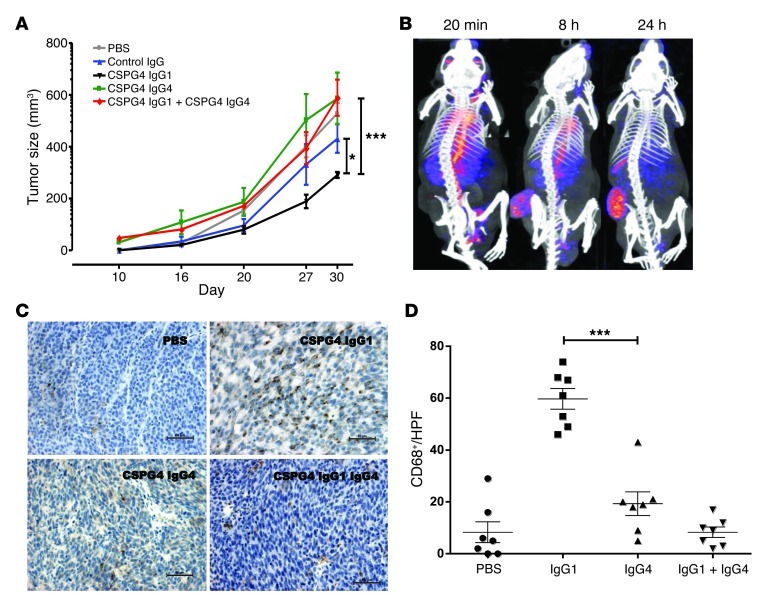Figure 7. IgG4 has no antitumoral effector functions in vivo and blocks tumor-specific IgG1 function.
(A) Anti-CSPG4 IgG1 antibody is capable of restricting the growth of subcutaneous melanoma lesions in NSG mice engrafted with human immune effector cells, while tumors in mice treated with an anti-CSPG-4 IgG4 antibody or coadministered with anti-CSPG4 IgG1 and IgG4 antibodies grow similarly to those from mice treated with nonspecific antibody or vehicle alone (n = 7 mice per group; mean ± SEM tumor volume in mm3). *P < 0.05, ***P < 0.001, 2-way ANOVA with Bonferroni post-hoc test. Data are representative of 2 experiments. (B) Representative NanoSPECT/CT images of Indium-111–labeled anti-CSPG4 IgG4 antibody (red), demonstrating accumulation of antibody in subcutaneous melanoma lesions at 20 minutes, 8 hours, and 24 hours following intravenous administration (n = 3). (C) Representative immunohistological images and (D) quantitative analyses of sections from human melanoma tumors grown in NSG mice treated with vehicle alone, anti-CSPG4 IgG1, anti-CSPG4 IgG4, or a combination of anti-CSPG4 IgG1 plus anti-CSPG4 IgG4 antibody, demonstrating elevated levels of human CD68+ (brown) immune cell infiltration in human xenograft tumors in animals treated with anti-CSPG4 IgG1 antibody. Horizontal bar indicate the mean, and individual symbols indicate individual tumors. Scale bar: 50 μm; original magnification ×20. ***P < 0.001.

